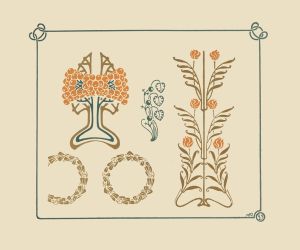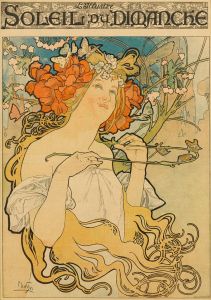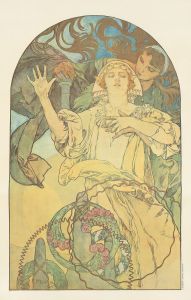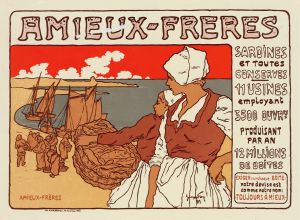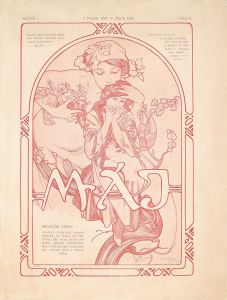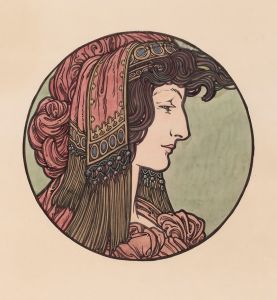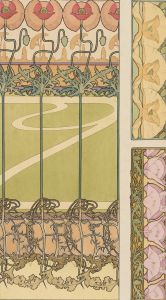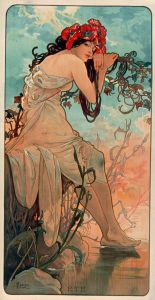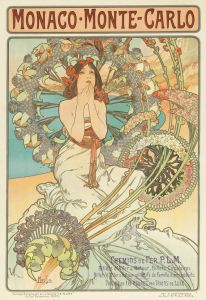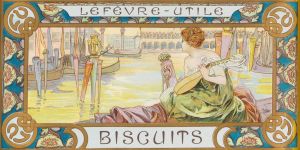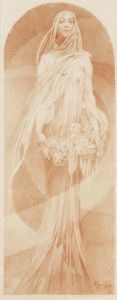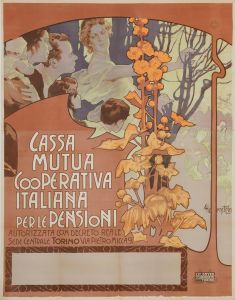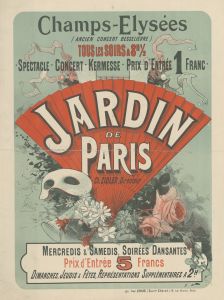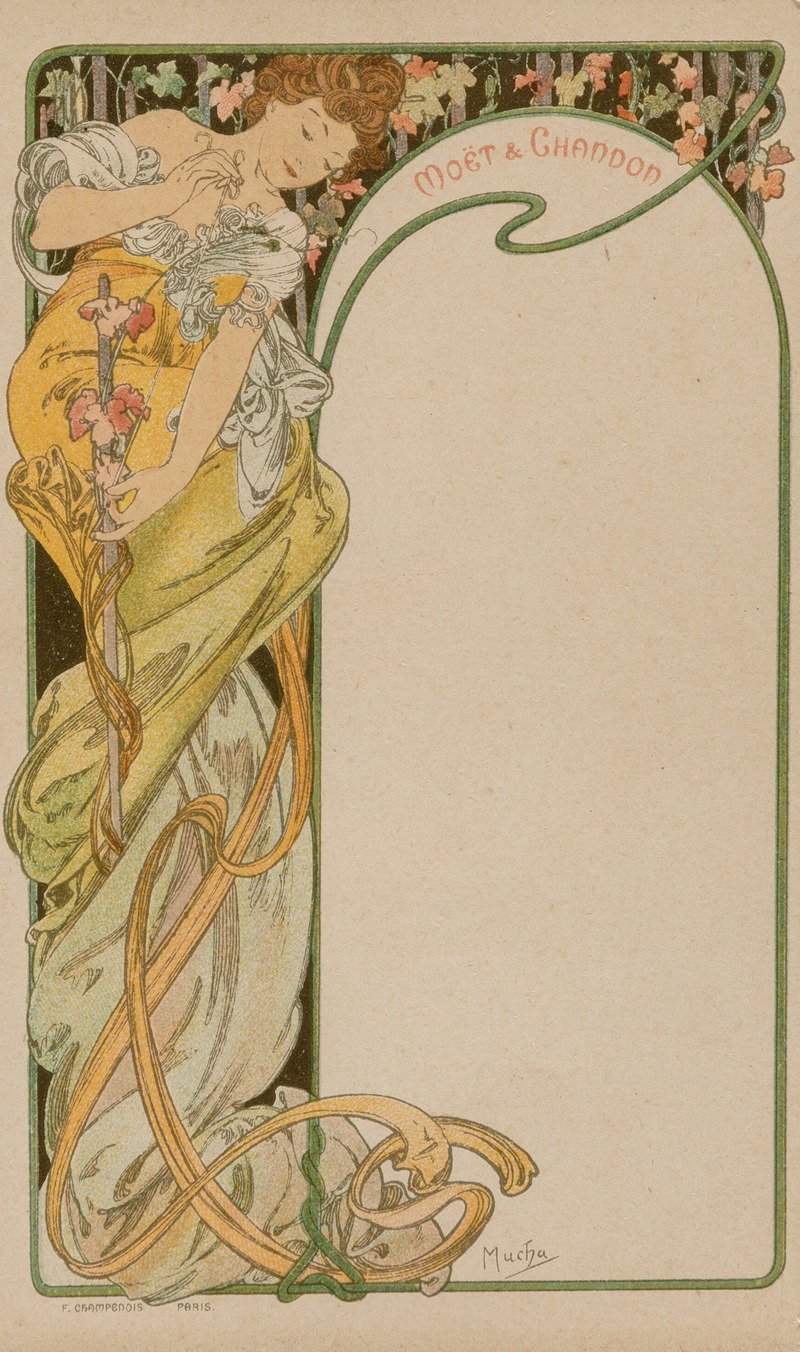
Menu Card
A hand-painted replica of Alphonse Mucha’s masterpiece Menu Card, meticulously crafted by professional artists to capture the true essence of the original. Each piece is created with museum-quality canvas and rare mineral pigments, carefully painted by experienced artists with delicate brushstrokes and rich, layered colors to perfectly recreate the texture of the original artwork. Unlike machine-printed reproductions, this hand-painted version brings the painting to life, infused with the artist’s emotions and skill in every stroke. Whether for personal collection or home decoration, it instantly elevates the artistic atmosphere of any space.
Alphonse Mucha, a Czech painter and decorative artist, is renowned for his distinctive style that became synonymous with the Art Nouveau movement. One of his lesser-known works is the "Menu Card," which exemplifies his unique approach to design and illustration. Mucha's work is characterized by its intricate lines, elegant compositions, and the use of natural motifs, all of which are evident in this piece.
The "Menu Card" by Alphonse Mucha was created during a period when he was actively involved in producing commercial art, including posters, advertisements, and decorative panels. Mucha's work in this domain was highly sought after, and his designs were used by various businesses and organizations to enhance their visual appeal. The "Menu Card" is a testament to Mucha's ability to elevate everyday objects into works of art through his innovative use of design elements.
In the "Menu Card," Mucha employs his signature style, which includes graceful, flowing lines and a harmonious composition. The design likely features a combination of floral motifs, elegant typography, and possibly a central female figure, as these elements are common in Mucha's work. His use of soft, muted colors and delicate detailing would have made the menu not only functional but also a decorative piece that patrons could admire.
Mucha's influence from his time in Paris is evident in the "Menu Card." During the late 19th and early 20th centuries, Paris was a hub for artists and designers, and Mucha was at the heart of this creative environment. His work was heavily influenced by the cultural and artistic trends of the time, including the Art Nouveau movement, which emphasized organic forms and intricate details. Mucha's designs often incorporated elements from nature, such as flowers and plants, which can be seen in the "Menu Card."
The "Menu Card" reflects Mucha's philosophy that art should be accessible and integrated into everyday life. He believed that beauty should not be confined to galleries and museums but should be part of the objects people use daily. This approach is evident in his commercial work, where he transformed utilitarian items into pieces of art that were both functional and aesthetically pleasing.
While specific details about the "Menu Card" are limited, it is clear that Mucha's work in this area contributed to his reputation as a master of Art Nouveau design. His ability to blend functionality with beauty set a standard for commercial art and influenced generations of designers. The "Menu Card" serves as an example of how Mucha's artistic vision extended beyond traditional art forms and into the realm of everyday objects, leaving a lasting impact on the world of design.





